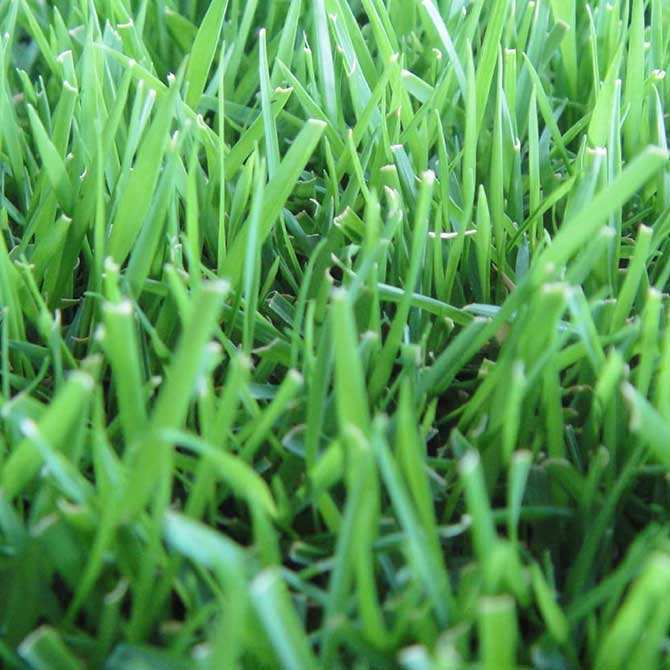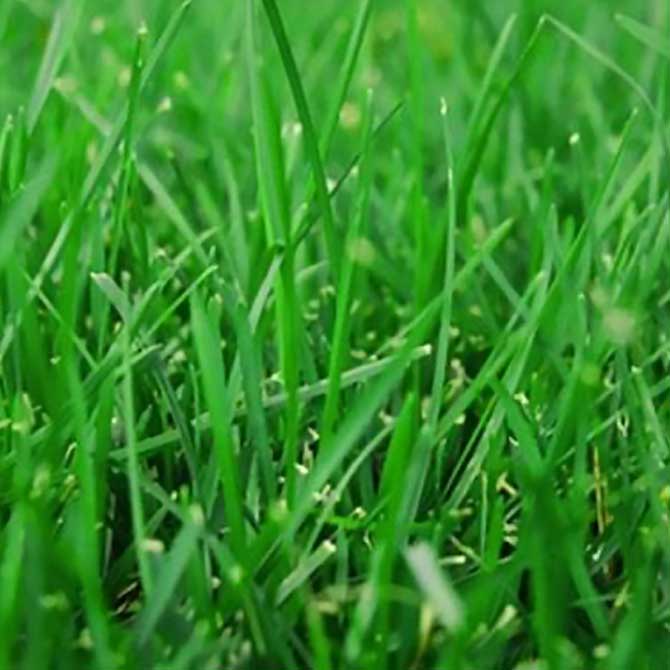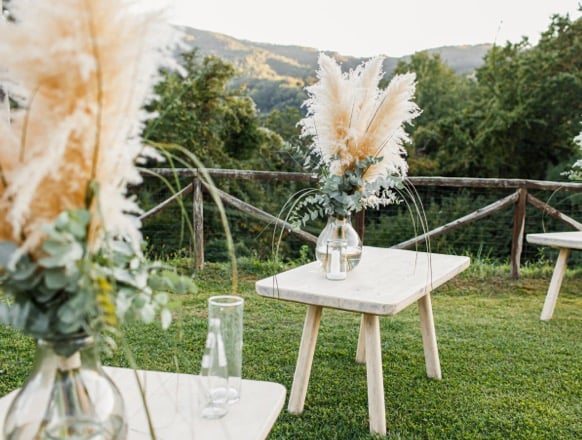Grass types for Marco Island
Following are four types of grass used in the Marco Island area and some tips on maintenance.
Bermuda Grass
Bahia Grass
St. Augustine
St. Augustine “Floratam” is the most desirable lawn grass. It is very salt tolerant and due to horizontal stolon growth areas damaged by water or insect problems will fill back in. A high cutting height develops a deeper root system for drought tolerance. Long blades shade the stolons and soil for less water evaporation. Longer blades also emit an enzyme which is toxic to chinch bugs. And finally the thicker grass inhibits weed growth. It should be noted that a low cutting height will stress the lawn causing a shallow root system and allowing sunlight to dry the stolons and soil requiring more water and encouraging chinch bugs to the dry, stressed areas. Weeds can easily invade the sparse turf.
Chinch bugs and grubs are the two most damaging insects for St. Augustine. Chinch bugs cause yellowing along sidewalks and driveways or surrounding old dry spots. The spots will grow and soon double in size. Spread the grass blades at the edge of yellowing or damaged areas and look for black bugs with white wings running around the soil or at the base of the grass blades.
Grubs cause the lawn to turn brown as if it has no water. Pull on sod and if it pulls up with no resistance from roots grubs have eaten them. Treat quickly and roots will regrow and regenerate the lawn.
Empire Zoysia
Watering
“Swales should always be sodded as grass and other green plants hold top soil in place, trap sediments and absorb nutrients and other pollutants which can pollute water.”
Ground Cover
Sometimes something other than grass would better suit your yard or lifestyle. Children and pets should have an area of lawn on which to play. (Bahai actually being the grass of choice here). Swales should always be sodded as grass and other green plants hold top soil in place, trap sediments and absorb nutrients and other pollutants which can pollute water. The same applies along seawalls. Try to use ground covers, ornamentals or grasses to filter pollutants from your yard. Leaching is a process whereby pollutants are flushed out of the soil by water as it percolates through the soil. With no roots to absorb and use these nutrients and other pollutants they end up in our environment.
Gardens with paths throughout the yard can create small worlds of plants, ground covers and mulch. Include some patios or ponds and it can be a place of great relaxation for you and the local fauna.
Things to look for when hiring a lawn service. First determine what level of service you are looking for. Do you do your own gardening and just need someone to mow the grass? Or do you not want to think about your yard maintenance? Do you expect perfection or will you tolerate a few weeds? These things should be spelled out clearly at the initial meeting. Is the company licensed and insured? Licenses include lawn maintenance, landscaping if removing or planting shrubs and trees, pesticide spraying license to treat lawns, special fertilizer license to fertilize, restricted use license for using round up for weed control in beds or spray caution chemicals on shrubs and trees.
Insurance should include general liability for damage done to your property and workmen’s compensation for injured workers so they don’t come after you for compensation.







